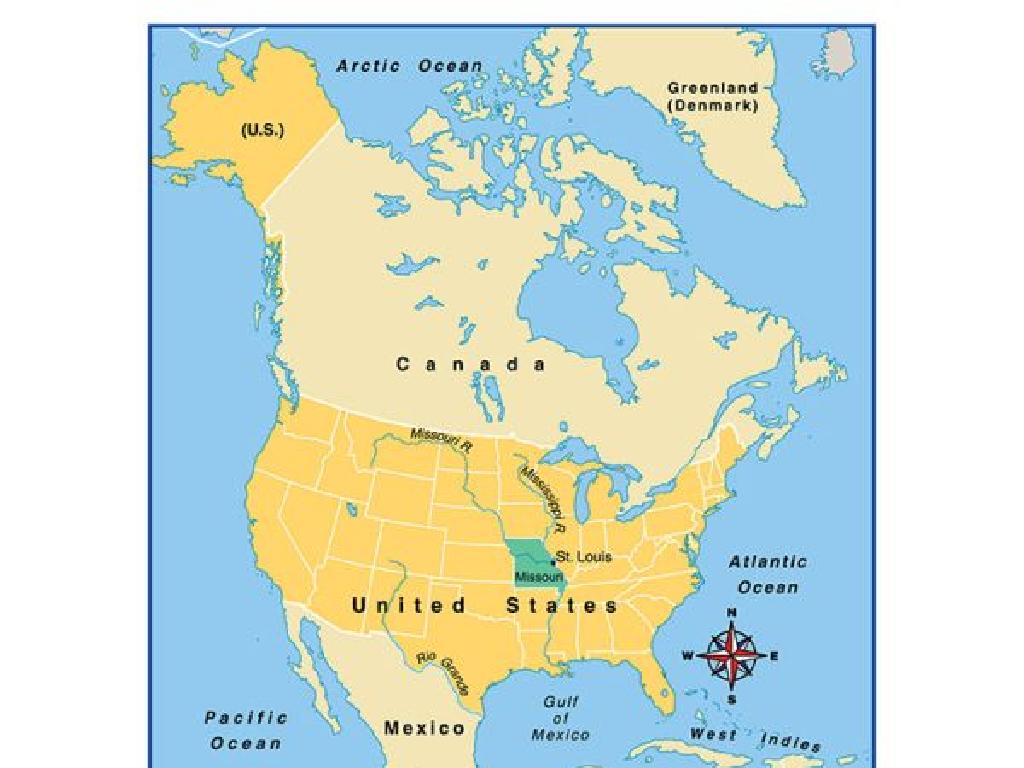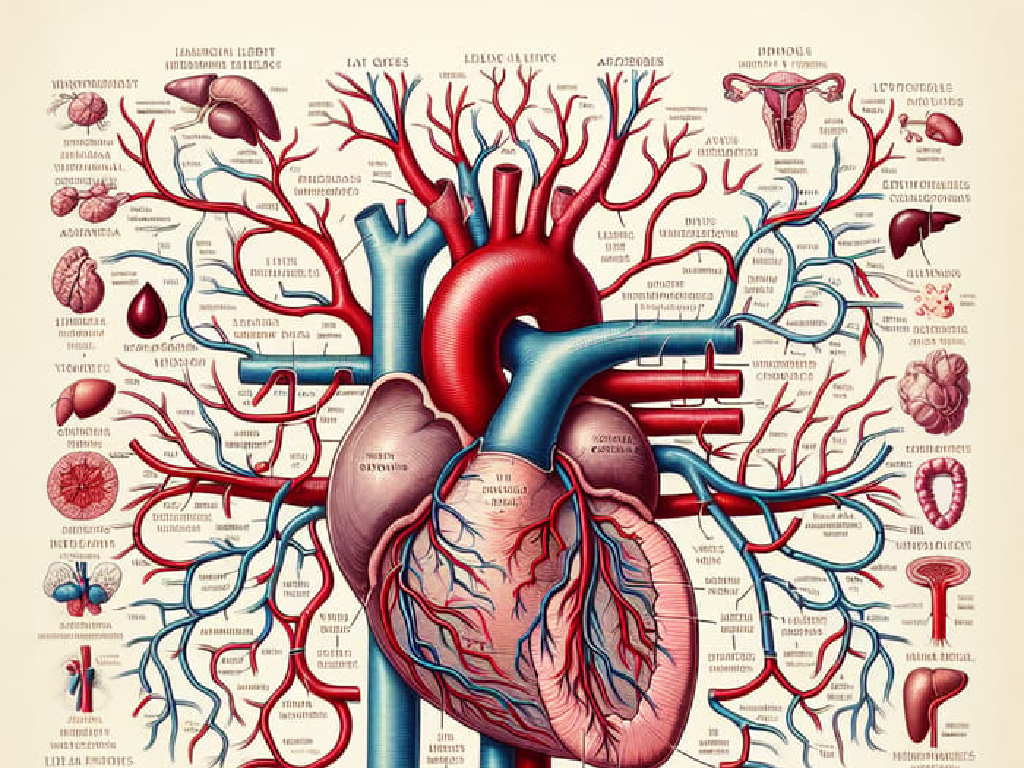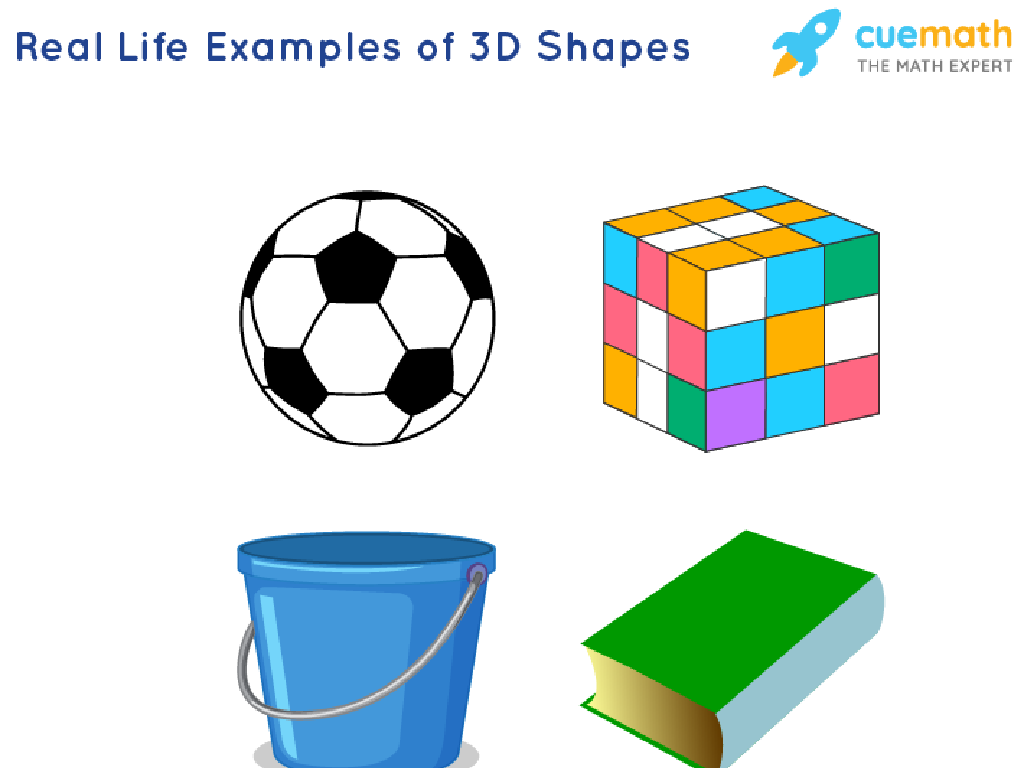Explore Chemical Structure And Properties: Soapmaking
Subject: Science
Grade: Seventh grade
Topic: Chemical Reactions
Please LOG IN to download the presentation. Access is available to registered users only.
View More Content
Introduction to Chemical Reactions: Soapmaking
– What are chemical reactions?
– A process where substances change into new ones with different properties.
– Daily life chemical reactions
– Baking bread, photosynthesis, and rusting metal.
– Soapmaking: A chemical process
– Combining fats and lye to produce soap and glycerin.
– Learning outcomes for today
|
Begin the lesson by explaining the concept of chemical reactions, emphasizing that they are processes that result in the transformation of substances into new materials with different properties. Provide relatable examples such as baking bread, where heat transforms dough into a fluffy loaf, or photosynthesis, where plants convert sunlight into energy. Introduce soapmaking as a practical example of a chemical reaction, where fats and lye react to create soap and glycerin. Outline the learning objectives for the day, which will include understanding the chemical process of soapmaking, the role of different ingredients, and the properties of the resulting product. Encourage students to think of questions they have about everyday chemical reactions they observe.
What is Soap? Exploring Chemistry in Daily Life
– Soap: Definition and everyday uses
– A cleansing agent made from fats and lye
– Soap’s role in promoting cleanliness
– Soap removes dirt and germs, keeping us healthy
– Chemical properties of soap
– Soap molecules have hydrophobic and hydrophilic ends
– The science behind soap’s effectiveness
The hydrophobic end attaches to oils, and the hydrophilic end to water, enabling dirt removal
|
Introduce soap as a common household item with a complex chemical background. Explain that soap is created through a chemical reaction called saponification, where fats or oils react with an alkali, such as lye, resulting in a substance that can effectively remove dirt and reduce germs. Discuss the dual nature of soap molecules, which allows them to interact with both oil and water, making them excellent for cleaning. Emphasize the importance of soap in maintaining personal hygiene and public health. Encourage students to think about the different types of soaps they use and how the chemical properties make them suitable for different cleaning tasks.
Chemical Structure of Soap: Cleaning Up with Chemistry
– Soap molecule function
– Soap cleans by having two different ends; one attracts water, the other repels it.
– Hydrophilic & hydrophobic ends
– ‘Hydrophilic’ means water-loving; ‘hydrophobic’ means water-fearing.
– Interaction with water
– The hydrophilic end of soap sticks to water, helping it mix.
– Soap’s role with oil
– The hydrophobic end grabs oil, breaking it down so water can wash it away.
|
This slide introduces the chemical structure of soap and its unique properties that make it an effective cleaning agent. Soap molecules have two distinct ends one that is attracted to water (hydrophilic) and one that repels water but is attracted to fats and oils (hydrophobic). When soap is used, the hydrophilic end bonds with water while the hydrophobic end attaches to oil and dirt. This allows water to wash away substances that it wouldn’t normally dissolve. Discuss how this interaction is crucial in cleaning and how it relates to the concept of emulsification in chemistry. Encourage students to think about how soap works when they wash their hands, promoting an understanding of everyday chemical reactions.
The Soapmaking Process: Saponification
– Saponification: soap’s chemical reaction
– Saponification combines fats/oils with lye to create soap.
– Key ingredients for soapmaking
– Common ingredients: lye (sodium hydroxide), water, oils/fats.
– Safety measures in soapmaking
– Always wear gloves and goggles; work in a well-ventilated area.
– Understanding the reaction’s outcome
– Soap forms, glycerin is a byproduct; both have cleaning properties.
|
This slide introduces students to the basics of soapmaking through the process of saponification, which is a type of chemical reaction. Emphasize the importance of understanding the chemical properties and reactions involved in creating soap. Discuss the key ingredients needed, such as lye and fats or oils, and the importance of safety precautions like protective gear and proper ventilation. Explain that the outcome of the reaction is not only soap but also glycerin, which has its own cleaning properties. Encourage students to ask questions about the process and the chemical changes that occur during soapmaking.
The Chemistry of Soapmaking
– Fats and oils react with lye
– Lye (Sodium Hydroxide) mixes with fats/oils to start the soapmaking reaction.
– Heat accelerates saponification
– Heat is applied to ensure the reaction goes to completion, producing soap.
– Glycerin: a soapmaking byproduct
– Glycerin is formed alongside soap, used in lotions and other products.
– Understanding saponification
|
This slide introduces the chemical process of soapmaking, known as saponification. It’s important to explain that saponification is a type of chemical reaction where triglycerides in fats and oils react with an alkali, such as lye, to form soap. Heat plays a crucial role in this process by speeding up the reaction and ensuring that the mixture reaches complete saponification. Glycerin, a valuable byproduct, is also produced during this reaction and is often extracted for use in other cosmetic products. The goal is for students to understand the basic chemical principles that make soapmaking possible and to appreciate the practical applications of chemistry in everyday life.
Exploring Soap Properties
– Soap properties: hardness, lather, cleanse
– Hard soaps last longer, creamy lather, effective cleansing
– Impact of oils on soap qualities
– Coconut oil for hardness, olive oil for gentleness
– Customizing soap with ingredients
– Additives like scents and colors change soap’s characteristics
– Experimenting with soap recipes
|
This slide introduces students to the various properties that can be observed and modified in soapmaking, such as hardness, lathering ability, and cleansing power. Discuss how the choice of oils (like coconut, palm, olive) can affect these properties, with some oils contributing to a harder bar and others to a more moisturizing experience. Encourage students to think about how they might customize soap by adding different ingredients, such as fragrances, colors, or exfoliants. This can lead to a class activity where students can create their own soap recipes, considering the properties they want to achieve. The activity will help them understand the practical applications of chemical reactions and the properties of different materials.
Environmental Impact of Soap
– Biodegradability of soap
– Soap breaks down naturally, less harm to environment.
– Soap’s effects on water systems
– Some soaps can pollute water, affecting wildlife.
– Eco-friendly soap alternatives
– Options like biodegradable or plant-based soaps.
– Promoting sustainable practices
|
This slide aims to educate students on the environmental considerations of soapmaking and usage. Discuss how the biodegradability of soap is crucial for minimizing environmental impact, as biodegradable soaps break down and do not accumulate in ecosystems. Highlight the negative effects that certain soaps can have on aquatic systems, potentially leading to pollution and harm to wildlife. Introduce students to eco-friendly alternatives, such as soaps made from natural, plant-based ingredients that are less likely to cause environmental harm. Encourage students to think critically about the products they use and the importance of sustainable practices in everyday life. This discussion can lead to a broader conversation about human impact on the environment and the role of responsible consumer choices.
Class Activity: Making Soap!
– We’re creating soap today
– Follow the recipe precisely
– Watch saponification in action
– Saponification is the chemical reaction that produces soap from fats and lye
– Document your observations
– Note color, texture, and any heat produced
|
In this hands-on activity, students will learn about the chemical process of saponification by making their own soap. Provide each student or group with the necessary materials: fats (like vegetable oils), lye, safety equipment (gloves, goggles), and a mold for the soap. Walk them through the recipe, emphasizing the importance of precise measurements and safety precautions when handling lye. As they mix the ingredients, encourage them to observe the changes that occur, such as the mixture thickening and heating up, which are signs of saponification. Have them record their observations regarding the process, including any changes in color, texture, and temperature. This activity will help students understand the practical application of chemical reactions in everyday life. Prepare additional activities for students who finish early, such as designing labels for their soap or researching the history of soapmaking.
Conclusion: Soapmaking & Chemical Safety
– Recap soapmaking process
– Chemical reactions in soapmaking
– Saponification: Fats/oils react with lye
– Emphasize safety precautions
– Always wear gloves and goggles
– Q&A session
|
As we conclude our lesson on soapmaking, it’s crucial to review the key concepts and steps involved in the process, emphasizing the chemical reaction known as saponification. Highlight the importance of safety measures such as wearing protective gear when handling chemicals like lye. Finally, encourage students to ask questions about anything they may not understand or are curious about, fostering an interactive learning environment. Be prepared to clarify common misconceptions and provide further examples if needed.






